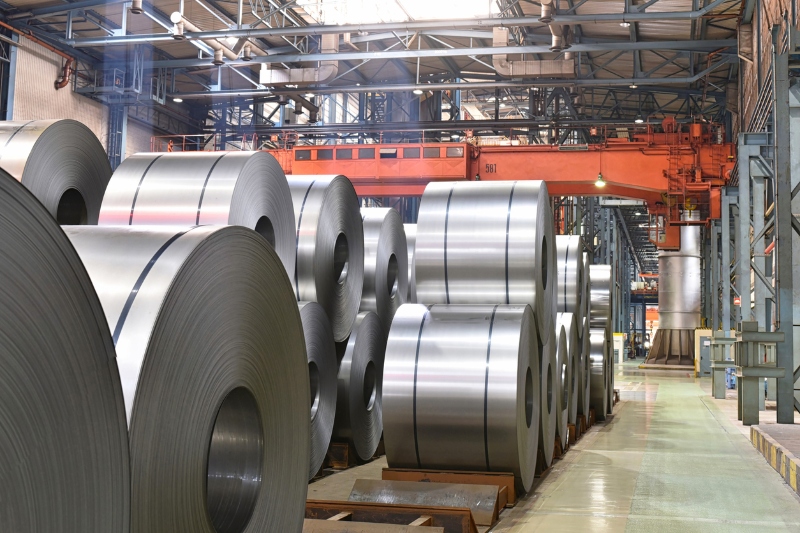Despite the challenges posed by US tariffs, Vietnam continues to attract foreign investment, particularly in manufacturing and industrial real estate. The country’s competitive policies, improved infrastructure, and its central role in global supply chains are major draws for investors. In 2024, Vietnam’s exported to the US accounted for nearly 30% of its GDP, amounting to USD 136.6 billion.
Foreign investment surged to over USD 13.8 billion in 2025, driven by manufacturing and real estate, with manufacturing alone receiving nearly USD 9 billion. Vietnam’s industrial and construction sectors saw a growth of 7.4% in Q1/2025, contributing over 40% to the GDP. However, challenges remain, particularly with the rising costs of industrial land and complex acquisition processes. Despite these issues, the country’s industrial real estate sector is expanding, with plans to add 221 new industrial parks by 2030.
However, challenges remain. According to BW Industrial CEO Lance Li, Vietnam’s land acquisition is slower and costlier than China’s, due to fragmented ownership and complex approval procedures. “Land in Vietnam is freehold, leading to delays and rising costs,” he said. Industrial land prices now often exceed China’s, especially in southern hubs like Binh Duong and Dong Nai.
Still, Vietnam retains its appeal with political stability, efficient governance, and 17 active FTAs. As firms seek to meet stricter rules of origin and hedge against geopolitical risks, Li predicts China’s manufacturing exodus will accelerate, with Vietnam remaining a prime destination, if infrastructure can keep pace.
(Source: Vietnam Investment Review)
